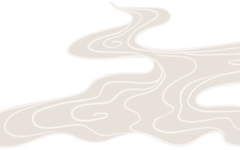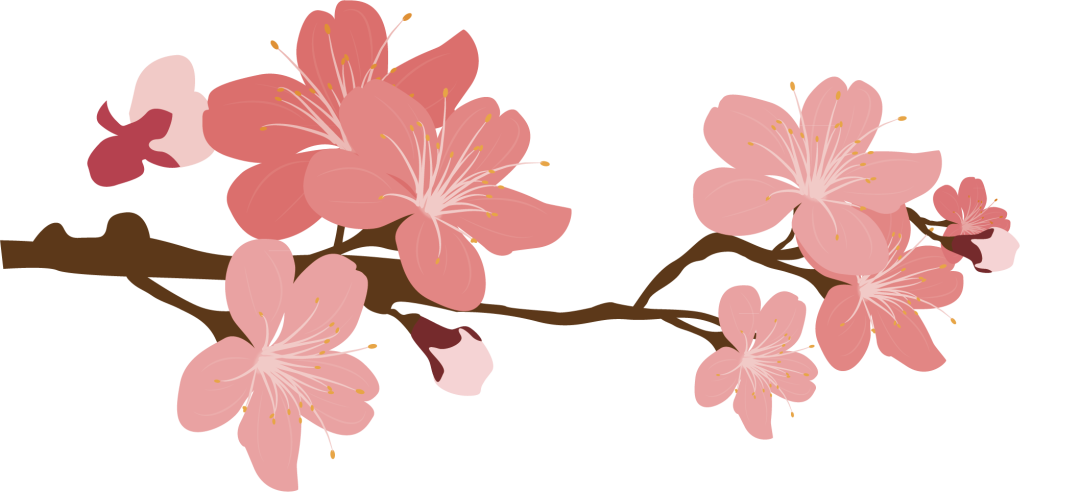
Traditional Chinese Medicine (TCM) Health Preservation
Common Health Preservation
Methods


Guided by TCM theory, health preservation has absorbed the essence of various schools, forming a series of health preservation methods.
Traditional Chinese Medicine (TCM) Health Preservation
1. Constitution Adjustment
TCM constitution theory posits that the constitution is an important manifestation of human life activities, closely related to health and disease. The constitution determines our health, susceptibility to certain diseases, and the response and treatment outcomes after illness. Therefore, applying TCM constitution classification theory, identifying constitution types based on their response states and characteristics, and adopting a classified management approach with tailored prevention and treatment principles is significant for achieving personalized and targeted health preservation.
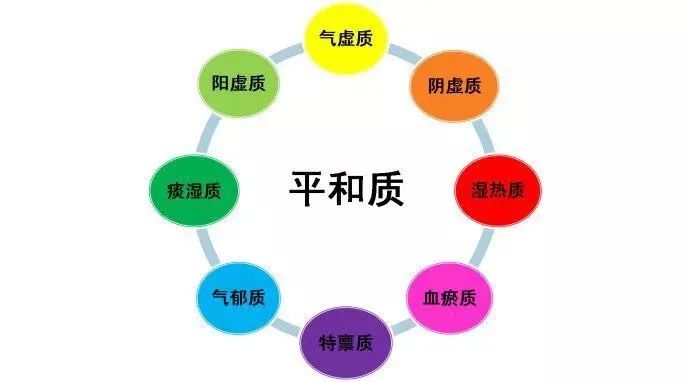
Nine Types of TCM Constitution
Traditional Chinese Medicine (TCM) Health Preservation
2. Dietary Health Preservation
Dietary health preservation, abbreviated as “food therapy,” refers to the rational intake of food under TCM theory to nourish the body, maintain health, strengthen the body, and prolong life. “Food therapy” is mentioned in the “Huangdi Neijing” (Yellow Emperor’s Inner Canon).
The ability of food to nourish and treat diseases is determined by its inherent properties, which ancient physicians summarized through long-term practice, closely integrating with TCM foundational theories such as yin-yang, organs, meridians, and treatment. The properties of food mainly include nature, flavor, meridian affinity, and ascending/descending qualities.
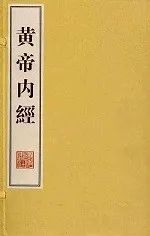
“Nature” refers to the four properties of food: cold, cool, warm, and hot, known in TCM as “Four Natures” or “Four Qi.” The four qi properties of food are summarized based on their effects on the human body. Foods suitable for hot constitutions or conditions are classified as cold or cool foods. For example, watermelon can be used for heat-related thirst; duck pear can be used for cough with yellow phlegm, indicating these two foods have cold properties. Conversely, foods suitable for cold constitutions or conditions are classified as warm or hot foods. For instance, dried ginger can be used for cold-induced abdominal pain, while fresh ginger and scallions are used for wind-cold colds, indicating their warm properties.
“Flavor” refers to the five basic tastes: pungent, sweet, bitter, sour, and salty. Additionally, there are astringent and bland tastes, but they are generally referred to as the five flavors. The determination of flavors is based on both the actual taste of the food and its effects on the body. For example, sugar is sweet (甘, gān), garlic is pungent (辛, xīn), vinegar is sour (酸, suān), and bitter herbs are bitter (苦, kǔ). The “Bencao Beiyao” states, “Sour can astringe and gather, bitter can purge and dry, sweet can tonify and moderate, pungent can disperse and moisten, salty can descend and soften, and bland can benefit the orifices and drain.”
Meridian affinity refers to the selective action of food on specific organs and meridians, meaning it has a significant effect on certain organs while having little or no effect on others. For example, both duck pear and watermelon are cold foods with heat-clearing properties, but they affect different meridians: duck pear is more effective for clearing lung heat, while watermelon is more effective for clearing stomach heat. Similarly, lotus seeds and dried scallops are both tonifying foods, but lotus seeds are good for the heart, while dried scallops benefit the kidneys. Therefore, when using food for health preservation, one should consider the various properties comprehensively and select appropriate foods accordingly.

Dietary health preservation generally includes four principles:
① “Balance the five flavors,” meaning food should not be biased; a reasonable diet should provide comprehensive nutrition;
② “Moderation,” meaning one should not overeat or undereat; a moderate amount is necessary for health preservation;
③ Pay attention to dietary hygiene to prevent diseases from food;
④ Adapt to time and individual needs.
Traditional Chinese Medicine (TCM) Health Preservation
3. Traditional Exercise
Using traditional physical methods for exercise to move the muscles and bones, regulate breathing, calm the mind, and promote the flow of meridians, smooth qi and blood, and harmonize the organs, achieving the goal of enhancing constitution and prolonging life, is known as exercise health preservation, also referred to as traditional fitness techniques. “Movement leads to stability” is a traditional view of health and fitness in Chinese culture. As early as thousands of years ago, physical exercise was widely used as an important means of fitness and disease prevention.

Characteristics of traditional health-preserving exercises generally include three aspects:
① Guided by TCM theory;
② Emphasizing the harmony of intention (focused thought), breath regulation, and physical movement;
③ Integrating guidance, qigong, martial arts, and medical principles.
Exercise health preservation aims to achieve fitness through exercise, thus it is essential to control the amount of exercise. Too little exercise will not achieve fitness goals, while too much exercise may exceed the body’s tolerance, leading to damage from overexertion. Physical training is not a one-time event; it requires consistent and uninterrupted practice. Only through perseverance can one achieve fitness results; exercise health preservation is not only physical training but also a training of will and perseverance.
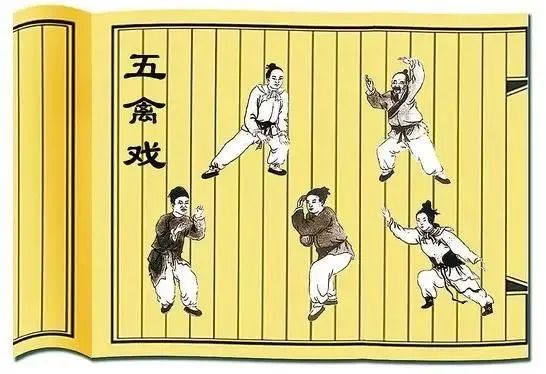
Five Animal Frolics
Currently popular and promoted traditional fitness exercises include: Tai Chi, Yi Jin Jing, Five Animal Frolics, Six Character Formula, and Ba Duan Jin.
Traditional Chinese Medicine (TCM) Health Preservation
4. Meridian Health Care
Acupuncture, moxibustion, tui na (Chinese therapeutic massage), and acupoint application are important TCM treatment methods guided by meridian theory, and they are also significant health care measures and methods in TCM health preservation. Utilizing acupuncture, moxibustion, tui na, and acupoint application for health care is one of the characteristics of TCM health preservation.
Acupuncture therapy requires appropriate professional qualifications to implement.
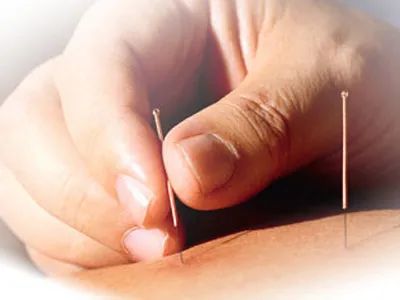
Moxibustion, tui na, and acupoint application are based on the theory of meridian points, using different methods to adjust the qi and blood of the meridians, thereby promoting the flow of nutrients and harmonizing the organs, achieving the goal of enhancing constitution and preventing and treating diseases. Health care through moxibustion, tui na, and acupoint application falls under the category of health preservation, known as health care moxibustion, tui na, and acupoint application. Although the methods differ, their fundamental principles are the same, all based on TCM meridian theory, adjusting meridians, and stimulating acupoints to invigorate the flow of qi and blood, thus harmonizing yin and yang and nourishing the organs.
① Health Care Moxibustion: Applying moxibustion to specific acupoints on the body to harmonize qi and blood, regulate meridians, nourish organs, and prolong life is known as health care moxibustion. Moxibustion is generally performed using mugwort (艾, ài), which is a warm, pungent, and yang herb. It is bitter, slightly warm, and non-toxic, primarily used for moxibustion of various diseases. It is a perennial herbaceous plant of the Asteraceae family, and aged mugwort is preferred for moxibustion. Once ignited, it provides lasting and deep heat, penetrating deeply into the muscles, and once the moxibustion is stopped, there is no residual sensation, which is a unique quality of this method. Therefore, mugwort is an ideal material for moxibustion.
For example, regularly moxibustion at the Zu San Li (足三里, Stomach 36) point can strengthen the spleen and stomach, promote digestion and absorption, and enhance the body. For middle-aged and elderly individuals, regular moxibustion at this point can also prevent stroke, serving as a method for anti-aging and strengthening the body. Moxibustion can be performed using moxa sticks or moxa cones, with the duration controlled at 5-10 minutes. Modern research has shown that moxibustion at the Zu San Li point can improve immune function and has certain effects on the gastrointestinal and cardiovascular systems.
② Tui Na: Known in ancient times as “An Qiao” (按蹻), it is one of China’s traditional health preservation methods. Using the skills of hands and fingers to massage specific body parts or acupoints to achieve preventive and health care purposes is called health care tui na.
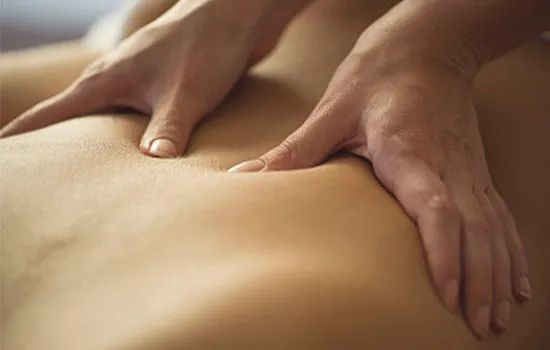
Health care tui na primarily stimulates specific body areas to promote overall metabolism, thereby adjusting the coordination of various body functions, maintaining a relative balance of yin and yang, enhancing the body’s natural resistance to disease, and achieving effects such as relaxing muscles, invigorating blood circulation, and preventing diseases. Representative health care tui na methods include:
A) Eye Rubbing: Specific method: Rub both hands together until warm, then place the palms over the eyes. Repeat this three times. Then gently press the eyeballs with the index, middle, and ring fingers for a moment. This method is best performed at dawn. Function: Nourishes the eyes and improves vision; regular practice can keep the eyes bright and healthy.
B) Ear Rubbing: Specific method: Press the ear holes with both palms, then suddenly release, repeating this several times. Then use both thumbs and index fingers to massage the ear from top to bottom 20 times, followed by the same method to massage the earlobes 30 times until the ears feel warm. Function: Regular practice can enhance hearing and refresh the mind.
C) Abdominal Massage: Specific method: Place the palm on the abdomen, first in a clockwise direction, then in a counterclockwise direction, each for 20 times. This can be done while standing or lying down, after meals or before sleep. Function: Massaging the abdomen after meals aids digestion; massaging before sleep can strengthen the spleen and stomach, assist digestion, and promote sleep.
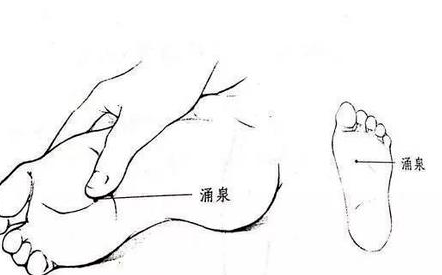
D) Yong Quan Massage: Specific method: Use the left thumb to massage the right Yong Quan (涌泉, Kidney 1) point; use the right hand to massage the left foot. Massage should be repeated 30-50 times until the soles feel warm. This method is suitable for performing before sleep or upon waking. Function: Regularly massaging the Yong Quan point can regulate the liver, strengthen the spleen, promote sleep, and enhance the body.
③ Acupoint Application: Also known as Tian Jiu (天灸), self-moxibustion, or cold moxibustion, is a unique treatment method in traditional Chinese medicine. Acupoint application is based on TCM meridian theory, where medicinal substances are ground into fine powder and mixed with water, vinegar, wine, egg white, honey, vegetable oil, or medicinal liquid to form a paste, or made into soft ointments, pills, or cakes, which are then directly applied to acupoints for treatment.
Acupoint application has a wide range of applications in disease prevention and health care, with numerous clinical reports. For individuals with weak constitutions, commonly used medicinal substances for acupoint application include those that tonify the kidneys and spleen, soothe the liver and nourish the lungs, invigorate qi and blood, and warm the meridians. These are applied to acupoints such as Guan Yuan (关元, Ren 4), Qi Hai (气海, Ren 6), Back Shu (背俞), and Zu San Li (足三里, Stomach 36), which have strengthening effects, enhancing the body’s righteous qi and improving disease resistance.
Traditional Chinese Medicine (TCM) Health Preservation
5. Medicinal Health Preservation
Medicinal substances that have anti-aging and longevity effects are referred to as longevity-promoting medicines. The method of using these substances to delay aging and strengthen the body is known as medicinal health preservation. The specific application of medicinal health preservation focuses on both tonification and purging. When used appropriately, they can contribute to longevity.
Many Chinese medicinal herbs have longevity-promoting effects, providing both tonifying benefits and therapeutic effects. They can be used in formulas or taken individually. For example:
① Qi Tonifying Herbs: such as Ren Shen (人参, Ginseng), Huang Qi (黄芪, Astragalus), Fu Ling (茯苓, Poria), Shan Yao (山药, Chinese Yam), Yi Yi Ren (薏苡仁, Coix Seed);
② Blood Nourishing Herbs: such as Shu Di Huang (熟地黄, Rehmannia), He Shou Wu (何首乌, Fo-Ti), Long Yan Rou (龙眼肉, Longan), A Jiao (阿胶, Donkey-hide Gelatin), Zi He Che (紫河车, Human Placenta);
③ Yin Nourishing Herbs: such as Gou Qi Zi (枸杞子, Goji Berries), Yu Zhu (玉竹, Solomon’s Seal), Huang Jing (黄精, Polygonatum), Sang Shen (桑葚, Mulberry), Nu Zhen Zi (女贞子, Ligustrum);
④ Yang Nourishing Herbs: such as Tu Si Zi (菟丝子, Cuscuta), Lu Rong (鹿茸, Deer Antler), Rou Cong Rong (肉苁蓉, Cistanche), Du Zhong (杜仲, Eucommia).
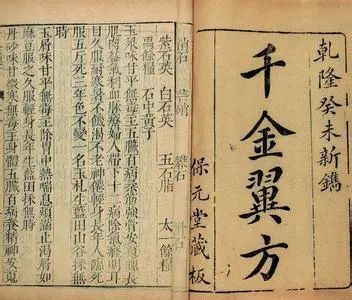
Famous formulas for longevity have been recorded in various herbal texts and writings by physicians throughout history, such as:
① Spleen and Qi Tonifying Formulas: Ren Shen Gu Ben Wan (人参固本丸, Ginseng Solidifying Pill) from “Essential Formulas for Health Preservation,” Da Fu Ling Wan (大茯苓丸, Big Poria Pill) from “Sheng Ji Zong Lu,” Zi Sheng Wan (资生丸, Nourishing Life Pill) from “Lan Tai Gui Fan,” and Ba Zhen Gao (八珍糕, Eight Treasure Cake) from “Orthodox of Surgery”;
② Kidney Tonifying Formulas: Peng Zu Yan Nian Bai Zi Ren Wan (彭祖延年柏子仁丸, Peng Zu’s Longevity Bai Zi Ren Pill) from “Qian Jin Yi Fang,” Wu Ma San (乌麻散, Black Sesame Powder) from “Qian Jin Yi Fang,” He Shou Wu Wan (何首乌丸, Fo-Ti Pill) from “Tai Ping Sheng Hui Fang,” and Gou Qi Zi Wan (枸杞子丸, Goji Berry Pill) from “Sheng Ji Zong Lu.”
However, medicines are not a panacea; they are merely an auxiliary health preservation measure. During application, it is essential to adhere to the following principles: do not blindly tonify, avoid excessive tonification, differentiate when tonifying, purge when necessary, and use medicines gently.
Traditional Chinese Medicine (TCM) Health Preservation
6. Daily Routine Adjustment
① Harmony with Nature: Emphasizing harmony between humans and nature.
② Regular Daily Routine: Rise with the sun and rest at sunset.
③ Appropriate Work and Rest
Traditional Chinese Medicine (TCM) Health Preservation
7. Recreational Health Preservation
Various recreational activities, such as music, chess, calligraphy, painting, gardening, bird watching, travel, and art appreciation, can soothe the mind and nourish the spirit, preventing diseases and promoting health. Throughout history, health preservation experts have advocated for hiking and enjoying nature, while Taoist and Buddhist temples are often built in scenic areas surrounded by mountains and water, benefiting from the fresh air of nature to cultivate the body and mind.
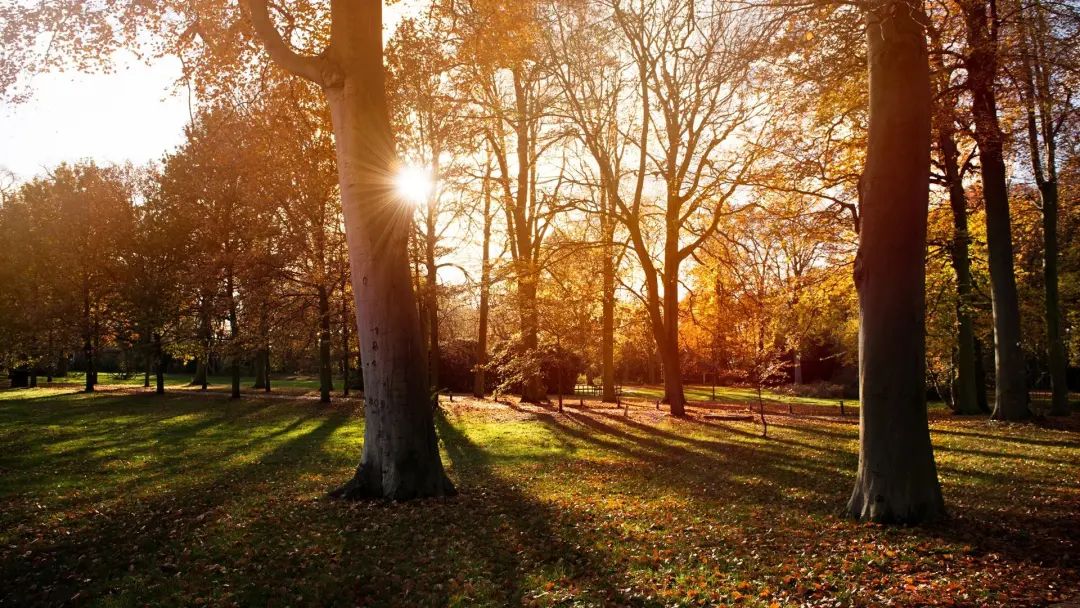
Traditional Chinese Medicine (TCM) Health Preservation
8. Mental Health Preservation
Mental health preservation involves nurturing the mind and regulating emotions under the holistic view of “heaven and humanity in correspondence.” Methods for regulating the mind include calmness, nurturing virtue, self-cultivation, optimism, emotional regulation, and psychological balance. Health preservation experts believe that the essence of mental nurturing lies in nurturing the heart. This view is shared by Daoism, Confucianism, Buddhism, and medicine, all emphasizing the importance of heart cultivation.
Disclaimer: Some articles on this site are reprints, and the copyright belongs to the original authors; reprinting is for the purpose of information dissemination and sharing. If there are errors in source attribution or infringement of your legal rights, please contact the author with proof of ownership, and we will promptly correct or delete it. Thank you.Note: The above content is for reference only and may not be suitable for all individuals. It is recommended to adjust under the guidance of a physician.

